The unsolved murder of a boy, 7, in the West End of Morecambe in 1908
and live on Freeview channel 276
Seven-year-old Reginald Field Riley the son of Giles Henry Riley, a goods foreman at the Midland Railway Station, and his wife Clara Axon Riley was found brutally murdered on Tuesday July 7 1908.
The Riley Family lived at 74 Westminster Road and Reginald had three older brothers, Harry, Ernest and Horace and an older sister Ina.
Advertisement
Hide AdAdvertisement
Hide AdReginald’s mother Clara had been unwell earlier that day and her husband was called to return from work to their home at noon.
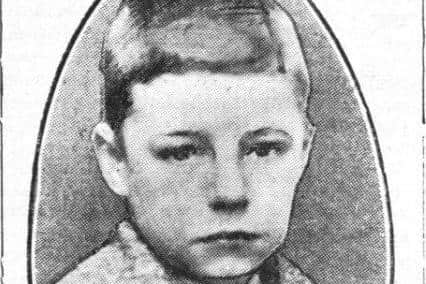

He was still at home when Reginald came from school with his friend Ernest Hogg after four o’clock.
Giles then returned to the Midland station and stopped there for about twenty minutes before returning home.
In the meantime, the young boys went out to play and returned after half-an-hour with some wild flowers for Mrs Riley.
Advertisement
Hide AdAdvertisement
Hide AdShe gave Ernest some cake and when he left Reginald said that he would meet him later.
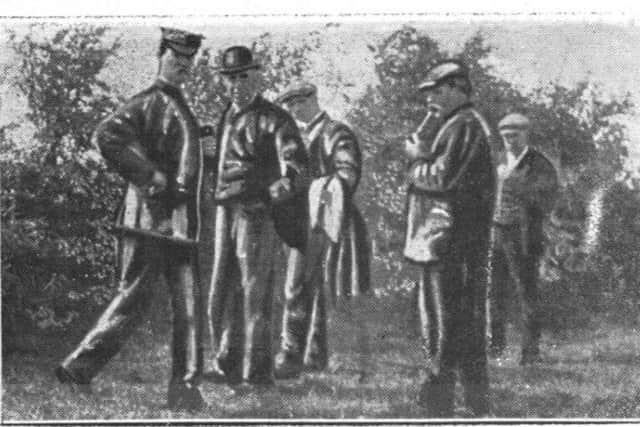

After having his tea Reginald went out to play again on his own after five o’clock telling his mother that he would be gathering some daisies for her.
This was the last time she would see her son alive.
Reginald who was a pupil of West End Council School was seen by Mrs Christiana Stevenson of 2 Scott Road before six o’clock running past her house, with his cap in his hand, heading towards some undeveloped land on the edge of the Regent Park Estate.
A newspaper article at the time said in the Morecambe Visitor said: “The West End of Morecambe was thrown into a state of great excitement last evening by a rumour that spread like wildfire to the effect that a boy had been killed in a field, on the Park Estate
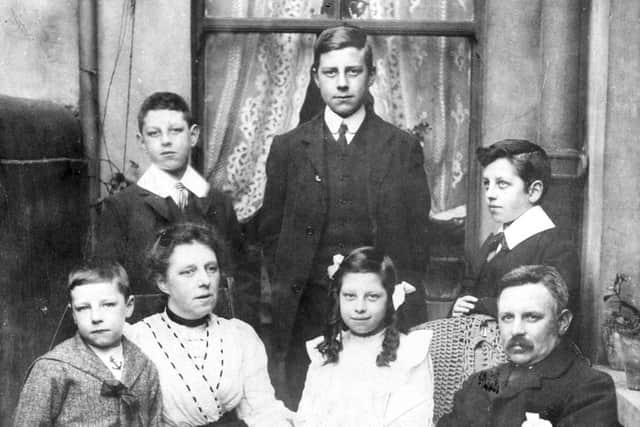

Advertisement
Hide AdAdvertisement
Hide Ad“From enquiries made last evening a representative of the “Morecambe Visitor” ascertained that the boy went to school in the afternoon, and afterwards had his tea at home. He then went out as usual to play and about an hour afterwards found as stated.
“The police also investigated the matter, but up to late last night had not discovered the slightest clue as to how the sad tragedy occurred.
“From the peculiar nature of the wounds, foul play is suspected, although no one of a suspicious character had been seen in the neighbourhood.”
James Tidswell, a market gardener, of 41 Clarendon Road who had a pig-sty in a field on the edge of the Regent Park Estate on the west side of Regent Road near Pearson’s Field (owned by George Pearson the landlord of the Greaves Hotel in Lancaster) was feeding his pigs.
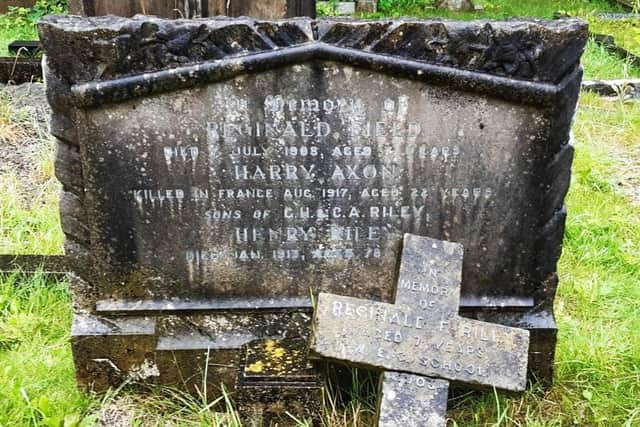

Advertisement
Hide AdAdvertisement
Hide AdWhen he went through a gap in the hedge after six o’clock to get water for them, he found the body of the young boy under the hedge.
After finding that Reginald was unresponsive and had blood on his temple and in his ear, he called two women who lived nearby in caravans to come and look after the body whilst he went for Doctor Hogarth and to inform the police.
He returned to the scene with PC Bellamy and found a group of people there which included Giles Riley who had been told about his son by Councillor J. Brown.
PC Bellamy discovered that Reginald was dead, lying in a pool of blood and had his cap by his side.
Advertisement
Hide AdAdvertisement
Hide AdHe had two wounds, one in his temple and another in the nape of his neck.
An Inquest was held the following day in the Council Chamber on Market Street before the Coroner Neville Holden with the foreman of the jury being Mr. Benjamin Grayson. Superintendent Barnett and Inspector Dickinson of Morecambe Police were in attendance.
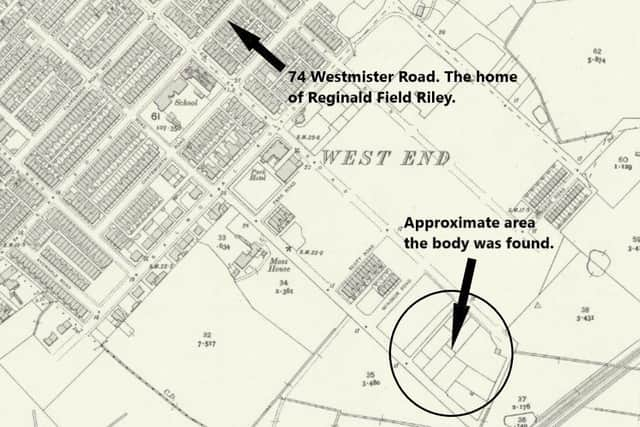

They heard from the witnesses and Doctor J.C. Ashton who had performed a post mortem.
Dr. Ashton said the small wound in the temple had gone through to the bone but had not damaged the brain and would not have been fatal.
Advertisement
Hide AdAdvertisement
Hide AdThe wound in the nape of the neck was just below the hair line was about half an inch long and about an inch and a quarter deep.
The vertebrae had been damaged and the spinal cord severed.
This in Dr. Ashton’s opinion was the cause of death and the weapon was either a sharp knife or chisel. The inquest was adjourned until July 23 to give the police more time to investigate the crime.
Reginald’s funeral service was held on Friday July 10 at the West End Congregational Church and the internment was in Morecambe Cemetery, Church Street.
A large attendance of the general public was in the church which was full.
Advertisement
Hide AdAdvertisement
Hide AdRepresentatives of West End Council School and Reginald’s Sunday School attended the funeral.
A thorough search of the scene of the crime was conducted by the police which included the draining of a pit in the field, but nothing suspicious was found.
The inquest resumed on July 23 with Reginald’s mother Clara giving evidence.
She had been too distressed to attend the first part of the inquest and had not attended his funeral.
Advertisement
Hide AdAdvertisement
Hide AdThe police could not provide any further evidence with no suspects being identified.
The Coroner summed up saying that the only conclusion was that the wounds inflicted on Reginald could have only been caused deliberately as they would have needed considerable force.
The jury returned a verdict of “Wilful murder against some person or persons unknown”.
Nobody has ever been charged with Reginald’s murder.